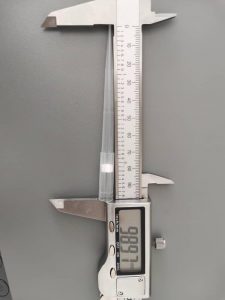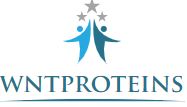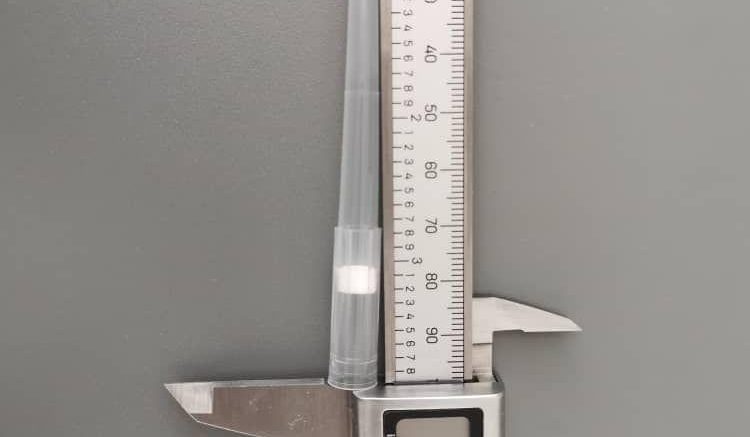Today, pancreatic cancer (PC) is a serious well being downside within the United States. It stays a problem to develop efficacious clinically helpful PC therapies. New avenues, primarily based on translational approaches and progressive validated biomarkers might be a preclinical choice to guage PC drug candidates or drug combos earlier than medical trials. Herein, we describe analysis of mixture therapies by incorporating a novel pathway modulator, p53-Activator Wnt Inhibitor-2 (PAWI-2) with different FDA-approved cancer medication which were utilized in PC medical trials. PAWI-2 is a potent inhibitor of drug-resistant PC cells that has been proven to selectively ameliorate human pancreatic cancer stem cells (i.e., hPCSCs, FGβ3 cells).
In the current examine, we confirmed PAWI-2 produced therapeutic synergism with sure varieties of anti-cancer medication. These medication themselves oftentimes don’t ameliorate PC cells (particularly PCSCs) resulting from excessive ranges of drug-resistance. PAWI-2 has the power to rescue the efficiency of medication (i.e., erlotinib, trametinib) and inhibit PC cell progress. Key molecular regulators of PAWI-2 might be used to foretell synergistic/antagonistic results between PAWI-2 and different anti-cancer medication. Anti-cancer outcomes confirmed efficiency might be fairly precisely correlated to phosphorylation of optineurin (OPTN) in PC cells. Synergism/antagonism was additionally related to inhibition of PCSC marker SOX2 that was noticed in FGβ3 cells. Synergism broadens the potential use of PAWI-2 as an adjunct chemotherapy in sufferers with PC which have developed resistance to first-line focused therapies or chemotherapies.
Bone formation round unstable implants is enhanced by a WNT protein therapeutic in a preclinical in vivo mannequin
Objectives: Our goal was to check the speculation that native supply of a WNT protein therapeutic would help osseointegration of an unstable implant positioned into an outsized osteotomy and subjected to practical loading.
Materials and strategies: Using a split-mouth design in an ovariectomized (OVX) rat mannequin, 50 titanium implants had been positioned in outsized osteotomies. Implants had been subjected to practical loading. One-half of the implants had been handled with a liposomal formulation of WNT3A protein (L-WNT3A); the opposite half acquired an an identical liposomal formulation containing phosphate buffered saline (PBS). Finite ingredient modeling estimated peri-implant strains precipitated by practical loading. Histological, molecular, mobile, and quantitative micro-computed tomographic (µCT) imaging analyses had been carried out on samples from post-implant days (PID) 3, 7, and 14. Lateral implant stability was quantified at PID7 and 14.
Results: Finite ingredient analyses predicted ranges of peri-implant strains incompatible with new bone formation. Micro-CT imaging, histological, and quantitative immunohistochemical (IHC) analyses confirmed that PBS-treated implants underwent fibrous encapsulation. In these instances the place the peri-implant setting was handled with L-WNT3A, µCT imaging, histological, and quantitative IHC analyses demonstrated a big improve in expression of proliferative (PCNA) and osteogenic (Runx2, Osterix) markers. One week after L-WNT3A therapy, new bone formation was evident and two weeks later, L-WNT3A handled gaps had a stiffer interface in comparison with PBS-treated gaps.
Conclusion: In a rat mannequin, unstable implants bear fibrous encapsulation. If the identical unstable implants are handled with L-WNT3A on the time of placement, then it leads to considerably extra peri-implant bone and higher interfacial stiffness.

Pancreatic cancer drug-sensitivity predicted by synergy of p53-Activator Wnt Inhibitor-2 (PAWI-2) and protein biomarker expression
Ark shell protein-derived bioactive peptides promote osteoblastic differentiation by means of upregulation of the canonical Wnt/β-catenin signaling in human bone marrow-derived mesenchymal stem cells
In this examine, the stimulating impact of ark shell protein-derived peptides AWLNH and PHDL on osteoblast differentiation in human bone marrow-derived mesenchymal stem cells (hBMMSCs) and its molecular mechanism was investigated. The hBMMSCs had been cultured with two peptides and osteogenic markers had been analyzed. Results confirmed that enhanced ALP exercise and calcification had been detected within the presence of AWLNH and PHDL. Based on western blotting, RT-qPCR, and immunostaining evaluation, AWLNH and PHDL are particular for osteoblast differentiation of hBMMSCs by means of activating the canonical Wnt/β-catenin signaling pathway adopted by activating Runx2, osterix, and kind I collagen. Loss-of-function assay with DKK-1, a Wnt antagonist, confirmed that the canonical Wnt/β-catenin signaling was important for AWLNH and PHDL-induced osteogenesis in hBMMSCs.
[Linking template=”default” type=”products” search=”Anti- Milk-Specific Proteins Antibody” header=”3″ limit=”137″ start=”2″ showCatalogNumber=”true” showSize=”true” showSupplier=”true” showPrice=”true” showDescription=”true” showAdditionalInformation=”true” showImage=”true” showSchemaMarkup=”true” imageWidth=”” imageHeight=””]
These findings steered that AWLNH and PHDL can stimulate osteoblast differentiation of hBMMSCs through upregulating the canonical Wnt/β-catenin signaling and could also be helpful for a possible nutraceuticals or prescribed drugs to deal with osteoporosis. PRACTICAL APPLICATIONS: Ark shell is a well-liked foodstuff in Korea. However, organic results of its protein and peptide haven’t been explored in some ways. This examine demonstrated that ark shell protein-derived peptides promoted osteoblast differentiation in hBMMSCs by means of upregulating the canonical Wnt/β-catenin signaling. The outcomes of this examine might be a foundation to advertise its utility as practical meals and/or nutraceuticals.


